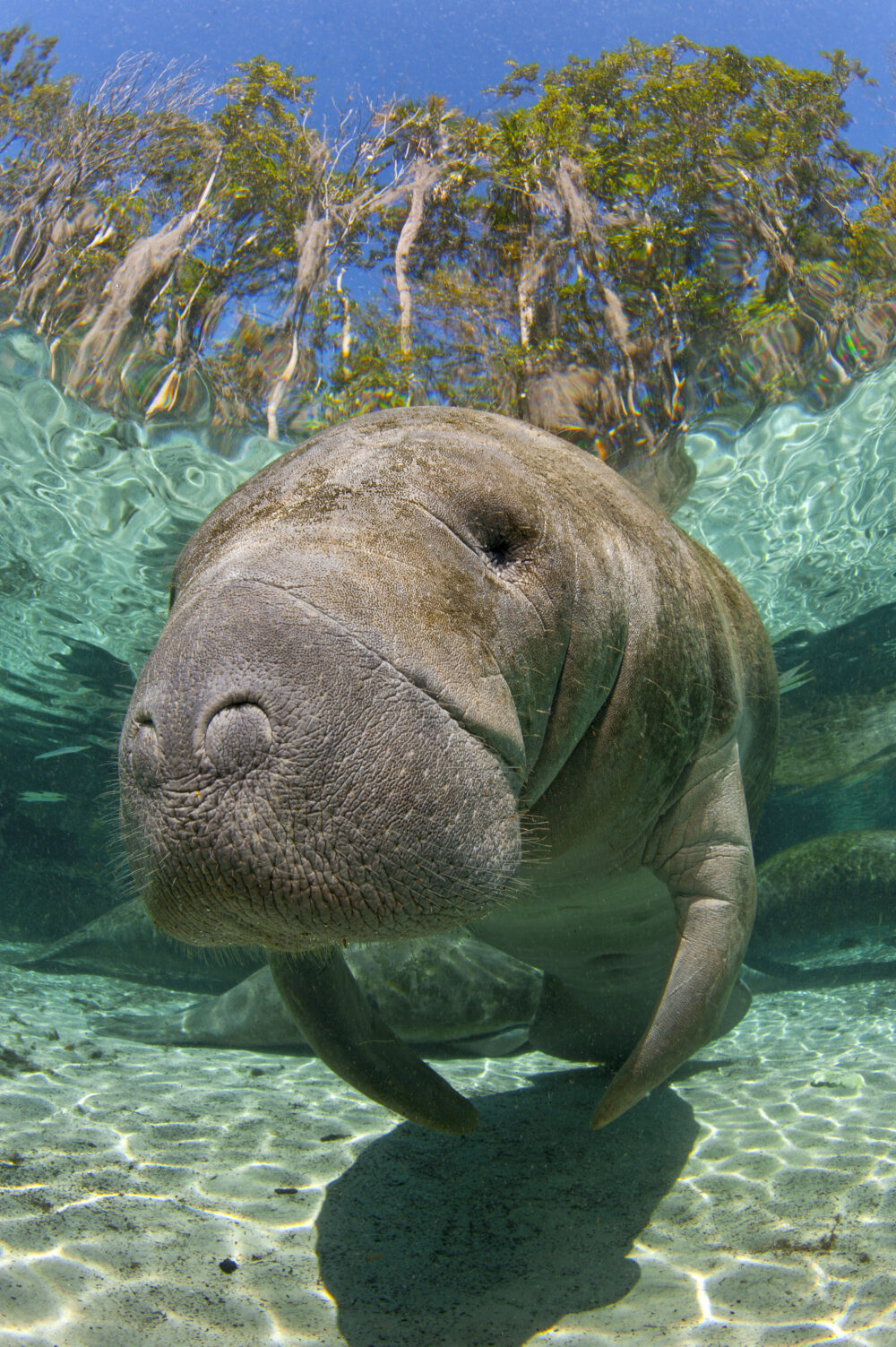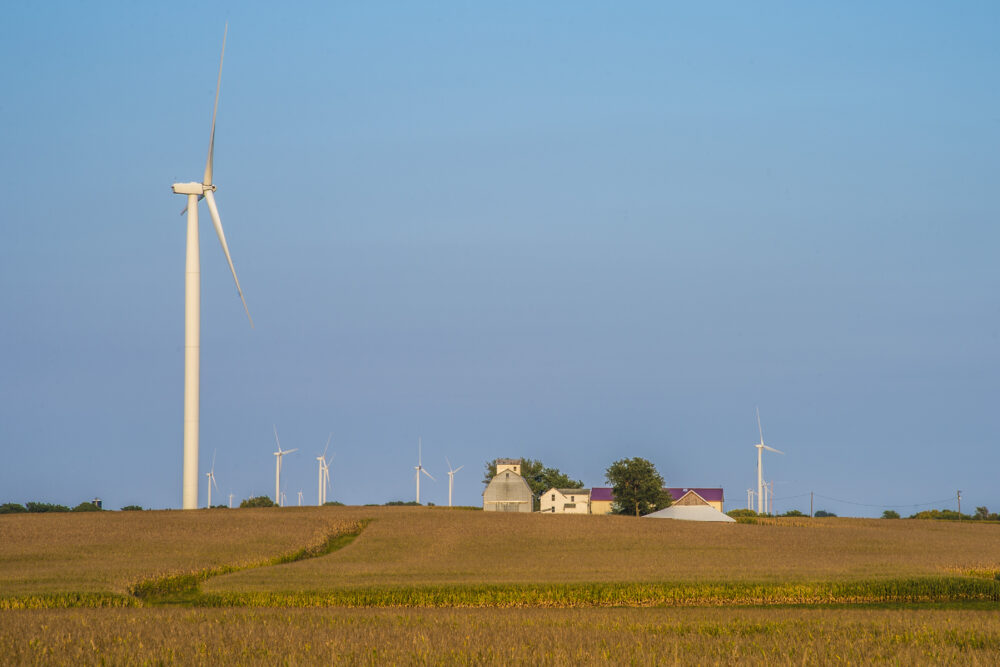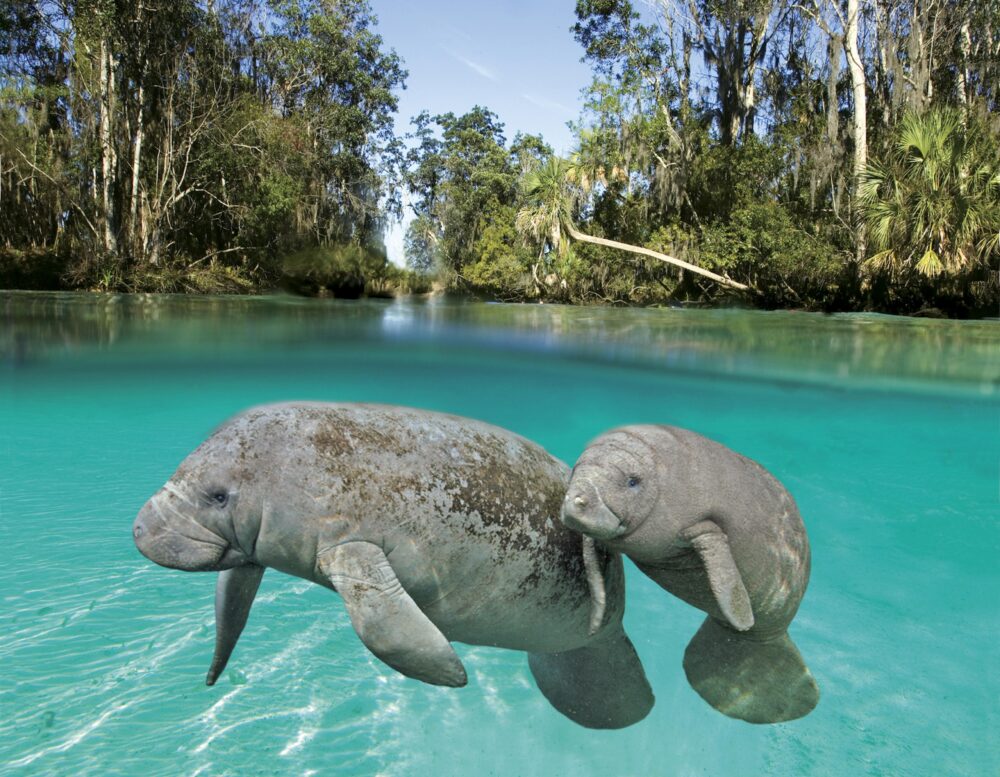We have much more to do and your continued support is needed now more than ever.
7 Reasons to Protect America’s Waters

Headwater streams
Even big rivers start small. Headwater streams are important for fish, amphibians and invertebrates and affect water quality downstream. They supply most of the water in rivers and were protected by the Clean Water Act for decades. Unfortunately two convoluted Supreme Court decisions, actions of the previous administration and inaction by Congress have left these critically important waterways in a legal limbo and at increased risk for over a decade.
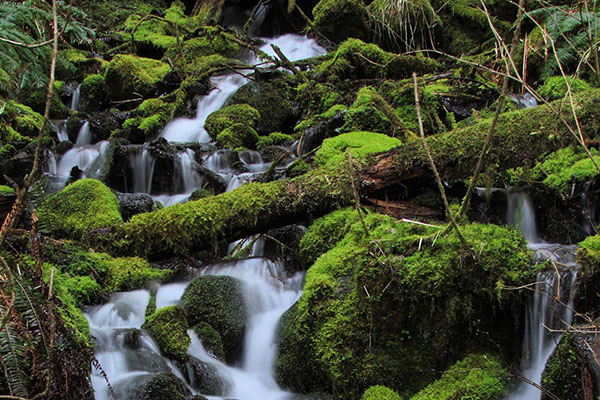
Intermittent streams
An intermittent stream is a stream that occasionally runs dry. In the Western half of the country, the majority of streams and creeks meet this description. For example, over 80% of streams in New Mexico flow intermittently. But creeks and streams that are no longer clearly protected by the Clean Water Act feed into drinking water supplies for one-third of all Americans.
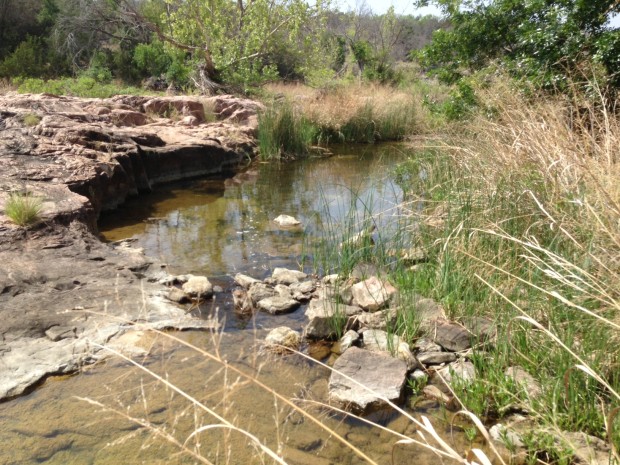
Wetlands
For the past decade, an estimated 20 million acres of wetlands have been left unprotected following the problematic Supreme Court rulings. In the five years immediately following the rulings, the rate of wetlands loss accelerated by 140 percent. The EPA’s proposed rule would restore protections for millions of acres of wetlands that will in turn protect Americans from floods, improve water quality, and provide habitat for fish and wildlife.

Way of Life
Millions of jobs and billions of dollars in economic activity are at stake. Roughly half of all Americans participate in outdoor sports and total spending on these activities comes close to $650 billion annually, $200 billion from hunting and angling alone.

Agriculture
The new rule has generous exemptions for all normal farming and ranching activities, including plowing, seeding, harvesting, and the construction of stock ponds and irrigation ditches. A number of farm organizations and farmers and ranchers have spoken out in favor of the rule. Unfortunately the Farm Bureau has repeatedly mischaracterized this proposed rule’s impacts on the agricultural community.

Still Needing Protection
The proposal stops short of restoring Clean Water Act protections for many natural wetlands that that are not adjacent to rivers and streams, such as prairie potholes, Carolina bays, and playa lakes. These vital habitats were once protected under the Clean Water Act and, as the science demonstrates, they should be again.
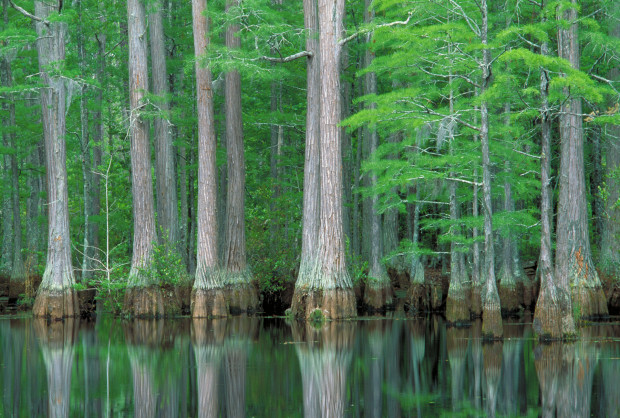
Future Generations
To make sure that America’s waters and wildlife populations remain healthy and resilient for future generations, the Environmental Protection Agency and the Army Corps of Engineers need to finalize this proposed rule and clearly define which water bodies are “waters of the United States” and therefore protected by the Clean Water Act.
![]() Make sure America’s streams, creeks and wetlands are protected by the Clean Water Act once again!
Make sure America’s streams, creeks and wetlands are protected by the Clean Water Act once again!





